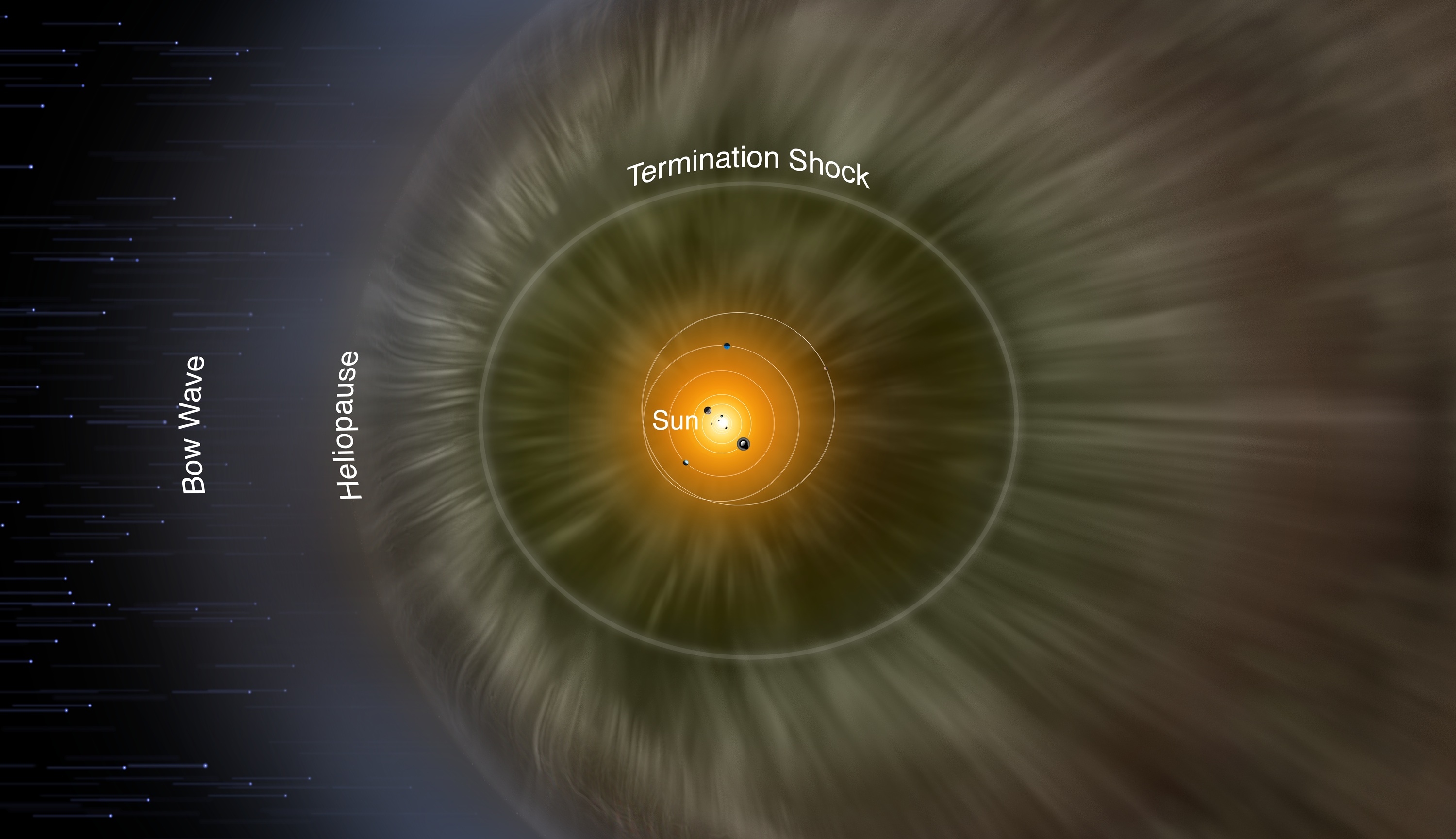It’s no surprise to us that the universe is quite literally full of surprises. After all, the wider we cast our net as we find out more about the cosmos, the more we realize that there’s so much more out there that we have yet to see or figure out. From stars that release absurd amounts of energy to awe-inspiring cosmic explosions, one need only look up with the right set of eyes to see what the universe has to offer.
That’s precisely what Curtin University (CU) Honors student Tyrone O’Doherty was doing over a series of days, gathering information from radio waves that emanate from the deepest recesses of the visible universe using the Murchison Widefield Array (MWA) telescope located in Western Australia.
In the series of scans they collected, O’Doherty noticed a spike of radio waves that stood out. Together with a team of researchers, they went back through older scans of that same region of the sky and found the exact same spike, which it turns out was repeating quite often at about 18 minutes between each 30-60-second radio burst.
What’s even odder is the fact that it wasn’t releasing those bursts all the time; the radio source went through a so-called “active phase” back in January and most of March of 2018, yet appeared to lie low for the month of February in between. A closer look into previous and future data from that short three-month window revealed that it didn’t really show up prior to those three months—and it hasn’t appeared since.
Dr. Natasha Hurley-Walker, lead researcher for the paper published in Nature and from the CU node of the International Centre for Radio Astronomy Research (ICRAR), commented on their find through the ICRAR press release: “This object was appearing and disappearing over a few hours during our observations. That was completely unexpected. It was kind of spooky for an astronomer because there’s nothing known in the sky that does that. And it’s really quite close to us – about 4,000 light-years away. It’s in our galactic backyard.”
The question that immediately followed, of course, was what the identity of the radio source was. One thing that the researchers were apparently sure of is the fact that the signal covers a pretty broad range of frequencies, meaning it is highly likely to be natural in origin. Its true identity, however, is a much harder question to answer.
As the light coming from the mysterious radio source appear to be highly polarized, it appeared to have “highly ordered magnetic fields,” according to New Atlas. The constant repetitions of the signal also meant that the source was likely rotating; this meant that the source is likely either a pulsar or a magnetar.
Both are variants of entities known as neutron stars, with pulsars emitting beams of energy while it spins akin to lighthouses and magnetars possessing strong magnetic fields. Given that the source appears to have both, it may well be a combination of the two.
The problem, however, is that it appears to spin far too slowly for it to be either type of star. You see, pulsars spin (and consequently repeat their signals) in the range of milliseconds to seconds, while the slowest magnetars known to astronomy rotate every ten (10) seconds or so. This makes this mysterious star two orders of magnitude slower than even the slowest magnetar, and even more so for a pulsar.
Dr. Hurley-Walker and team believe that what they’re seeing is probably a type of magnetar called an ultra-long-period magnetar—called as such because of their slow spin compared to their peers. This would make their find the first-ever definitive ultra-long-period magnetar known to science if proven true.
Dr. Hurley-Walker continued: “[If] you do all of the mathematics you find that they shouldn’t have enough power to produce [these kinds] of radio waves every 20 minutes. […] [They] should be quiet. So what we think is that the magnetic field lines are somehow twisted. The neutron star has undergone some kind of outburst or activity that is causing a temporary production of radio waves, that makes it strong enough to produce something every 20 minutes.”
O’Doherty, now studying for a Ph.D at CU, commented about his one-of-a-kind experience: “It’s exciting that the source I identified […] has turned out to be such a peculiar object. The MWA’s wide field of view and extreme sensitivity are perfect for surveying the entire sky and detecting the unexpected.”
As with all astronomical findings, more research is needed to fully ascertain the identity of their mysterious radio source. The MWA telescope will continue to train its eyes onto the mysterious entity for further studies, with recent developments in space telescopes only improving our chances of finding out what it is for good.
References
- Hurley-Walker, N., Zhang, X., Bahramian, A., McSweeney, S. J., O’Doherty, T. N., Hancock, P. J., Morgan, J. S., Anderson, G. E., Heald, G. H., & Galvin, T. J. (2022). A radio transient with unusually slow periodic emission. Nature, 601(7894), 526–530. https://doi.org/10.1038/s41586-021-04272-x
- Irving, M. (2022, January 26). Bizarre radio signal repeating every 18 minutes discovered in Milky Way. New Atlas. https://newatlas.com/space/radio-signal-repeat-18-minutes-magnetar/
- Mysterious object unlike anything astronomers have seen before. (2022, January 26). ICRAR. https://www.icrar.org/repeating-transient/











